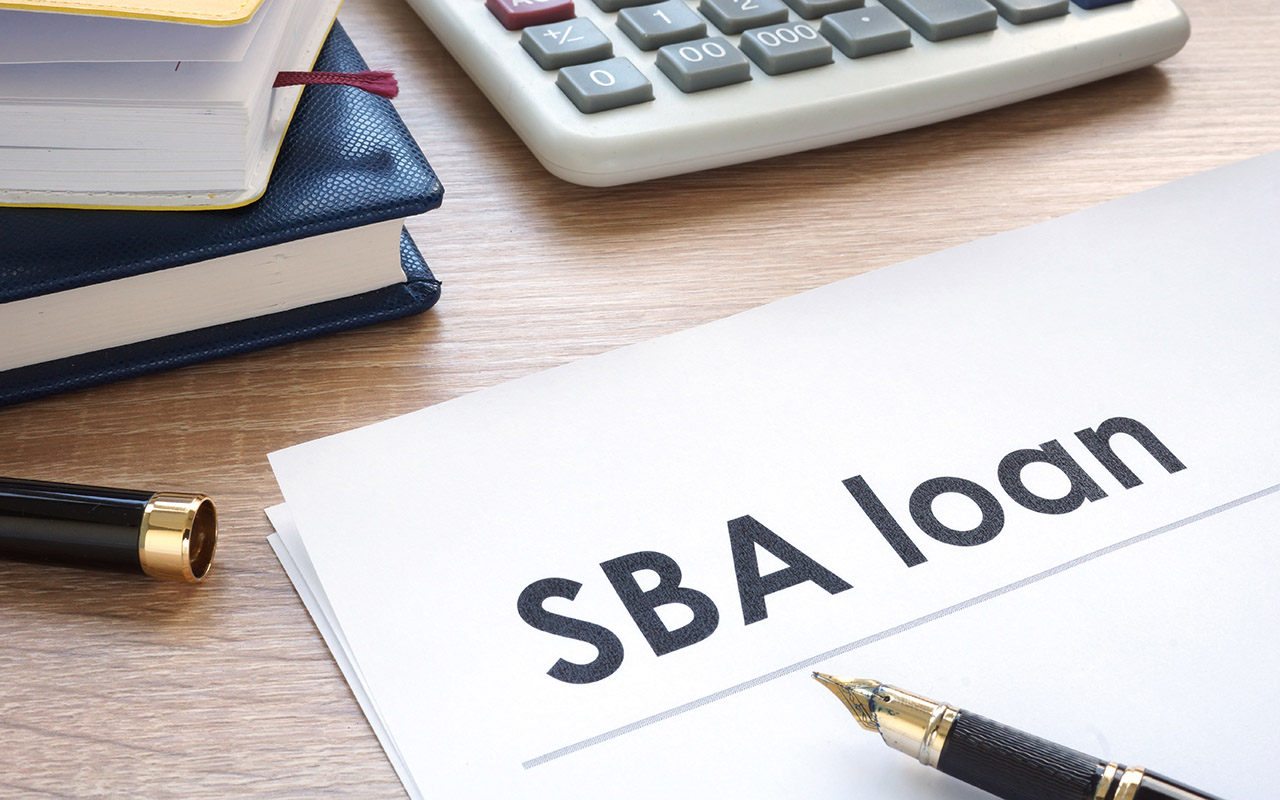
The U.S. Small Business Administration (SBA), in consultation with the Department of the Treasury, released an application form Friday for Paycheck Protection Program (PPP) loan forgiveness along with instructions for completing the form.
The form and instructions offer borrowers details on how to apply for forgiveness of their PPP loans, consistent with the Coronavirus Aid, Relief, and Economic Security (CARES) Act, P.L. 116-136 and additional guidance such as FAQs and interim final rules.
The AICPA responded to the loan forgiveness application with a news release Saturday saying that while the document and instructions help address some administrative questions, they leave major issues unresolved.
Specifically, the AICPA said, small businesses still need flexibility on when the eight-week loan forgiveness period should start, or they need to have the covered period extended to more than eight weeks.
“It’s clear the application form and instructions provided yesterday are not enough,” Erik Asgeirsson, president and CEO of CPA.com, the AICPA’s business and technology arm, said in the news release. “Some of the most pressing issues are not addressed and in other areas it appears new questions have arisen.”
The AICPA has been urging the SBA and Treasury to release detailed guidance on PPP loan forgiveness and has made a number of recommendations on the issue.
The SBA said its form and instructions are designed to reduce compliance burdens and simplify the process for borrowers and include:
- Options for borrowers who use a biweekly or more frequent payroll schedule to calculate payroll costs using an “alternative payroll covered” period that aligns with borrowers’ regular payroll cycles.
- Flexibility to include eligible payroll and non-payroll expenses paid or incurred during the eight-week period after receiving their PPP loan. Form instructions state that non-payroll expenses that are incurred during covered period must be paid by the next billing cycle to be included.
- Step-by-step instructions on how to perform the calculations required by the CARES Act to conform eligibility for loan forgiveness.
- Implementation of statutory exemptions from loan forgiveness reduction based on rehiring by June 30.
- Addition of a new exemption from the loan forgiveness reduction for borrowers who have made a good-faith, written offer to rehire workers that was declined by the workers.
The SBA plans to release regulations and guidance soon to assist borrowers as they complete their loan forgiveness applications and instruct lenders on how to handle their responsibilities related to PPP loans.
Prior to the SBA’s release of its PPP forgiveness application form and instructions, the AICPA created a loan forgiveness calculator that reflected SBA guidance that existed at the time as well as additional recommendations from the AICPA. The AICPA now will reconcile its calculator with the form and publish an updated version with additional recommendations and directions. The revised calculator will be available at aicpa.org/SBA.
The AICPA also will review the loan forgiveness application in detail along with its updated recommendations at the AICPA’s weekly town hall meeting Thursday.
Congress established the PPP to provide relief to small businesses during the coronavirus pandemic as part of the CARES Act. PPP funds are available to small businesses that were in operation on Feb. 15 with 500 or fewer employees, including not-for-profits, veterans’ organizations, Tribal concerns, self-employed individuals, sole proprietorships, and independent contractors. Businesses with more than 500 employees in certain industries also can apply for loans.
The forgivable loans were designed to help support organizations facing economic hardships created by the coronavirus pandemic and assist them in continuing to pay employee salaries. PPP loan recipients can have their loans forgiven in full if the funds were used for eligible expenses over an eight-week period and other criteria are met. The amount of the loan forgiveness may be reduced based on the percentage of eligible costs attributed to non-payroll costs, any decrease in employee headcount, and decreases in salaries or wages per employee.
The AICPA’s Paycheck Protection Program Resources page houses resources and tools produced by the AICPA to help address the economic impact of the coronavirus.
For more news and reporting on the coronavirus and how CPAs can handle challenges related to the pandemic, visit the JofA’s coronavirus resources page.
JofA senior editor Jeff Drew contributed to this article.
—Ken Tysiac (Kenneth.Tysiac@aicpa-cima.com) is the JofA’s editorial director.


